Tagged With Reptiles
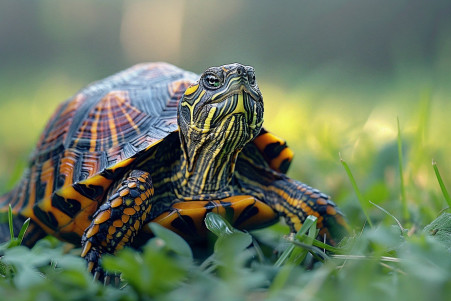
Turtle Talk: What Do Their Sounds and Calls Mean?
31 May 2024
Turtles make a wide variety of sounds such as grunting, chirping, bellowing, and hissing to communicate and interact with each other.

Sulcata Tortoise Size: How Large Can These Giants Grow?
31 May 2024
Sulcata tortoises, which are the third largest tortoise species, can reach lengths of over 2.5 feet and weigh between 100 and 200 pounds when kept in captivity.

Snail Speed: How Fast Can These Mollusks Move?
30 May 2024
Snail speeds can vary widely depending on the species, temperature, and habitat, but they usually fall between 0.03 and 0.7 mph.
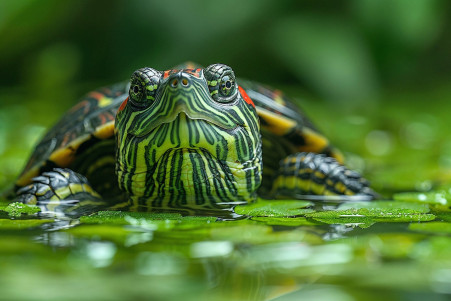
How Do Turtles Drink Water? Exploring Their Aquatic Adaptations
30 May 2024
Ways in which turtles have adapted to maintain water balance through drinking, salt excretion, and skin permeability in both water and land turtles.

Can Tortoises Eat Bananas? A Guide to Feeding Your Tortoise
29 May 2024
Tortoises can eat bananas as long as they are part of a well-rounded diet and are given in moderation. Bananas offer several important vitamins and minerals, but they are also high in sugar.

How to Feed a Baby Gecko: A Complete Nutritional Guide
29 May 2024
Hatchling geckos need a special diet of insects, as well as calcium and vitamins, to grow and develop properly.
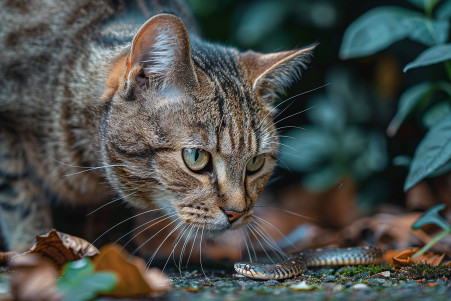
Do Cats Eat Snakes? Exploring the Predator-Prey Relationship
28 May 2024
While house cats are known to hunt and kill small snakes, they typically steer clear of larger, venomous snakes. Bigger wild cats eat snakes more frequently.

Do Red-Bellied Snakes Have Venom? Information and Tips for Safe Encounters
28 May 2024
Red-bellied snakes are non-venomous and not dangerous to people, and they have red bellies and are on the smaller side.

Can Bearded Dragons Eat Mangos? A Look at Tropical Fruits in Their Diet
25 May 2024
Bearded dragons can have mangos as a treat every once in a while, but they need a well-rounded omnivorous diet.
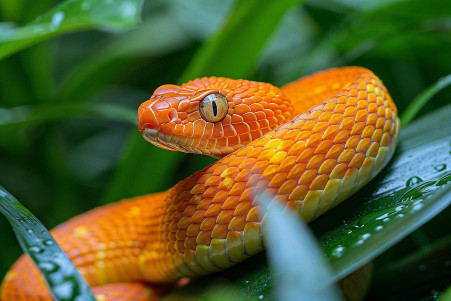
Snakes and Their Deceptive "Tails": An Evolutionary Exploration
24 May 2024
The elongated back ends of snakes aren't tails in the traditional sense, but they are important for things like movement, feeling the environment, and special adaptations.

How Smart Are Turtles? An Investigation Into Turtle Intelligence
24 May 2024
Turtles have higher-level thinking skills than previously thought, and recent studies have even found that they have the ability to form mental maps.
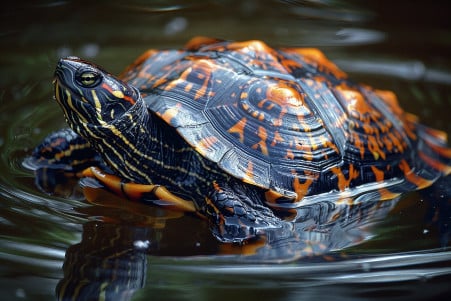
Turtle Scales or Scutes? Understanding the Unique Armor of These Reptiles
18 May 2024
Turtles' shells are made of scutes, which are bony and have adapted to protect turtles over millions of years.